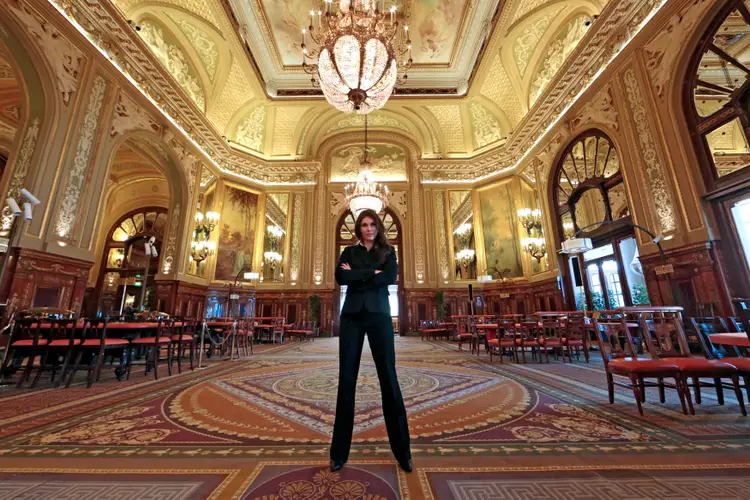Casinos are not just places for gambling; they are architectural masterpieces that blend luxury, design, and entertainment.
From the glitzy casinos of Las Vegas to the opulent gaming halls in Macau, these structures are designed to captivate visitors with their stunning aesthetics and elaborate themes.
This article explores the architectural elements that make casinos unique and the thought process behind their design.
The Importance of Design in Casinos
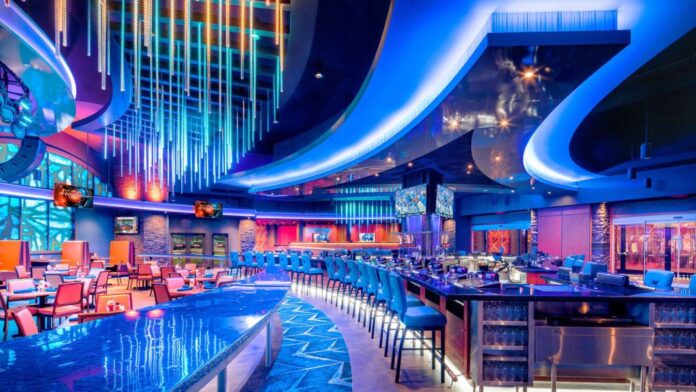
Casinos are designed to create an immersive experience that transports visitors into a world of glamour and excitement. The architecture and interior design of a casino play a crucial role in achieving this effect. Key design elements include:
- Theming and storytelling ─ Many casinos adopt a specific theme that influences every aspect of their design. Themes can range from ancient Rome to futuristic cities. These themes are brought to life through meticulous attention to detail, from the architecture and decor to the uniforms worn by staff.
- Opulent interiors ─ Casinos are known for their luxurious interiors, featuring lavish carpets, grand chandeliers, and intricate designs. High ceilings, plush furnishings, and a mix of textures and materials create an environment of sophistication and comfort.
- Lighting ─ Lighting is a crucial element in casino design. The use of warm, ambient lighting helps create a welcoming and comfortable atmosphere. Strategic lighting is also used to highlight key areas, such as gaming tables and casino slot machines, while softer lighting is employed in lounges and restaurants.
- Spatial layout ─ The layout of a casino is carefully planned to maximize both functionality and aesthetics. Open spaces are combined with more intimate areas to cater to different preferences. The placement of gaming areas, restaurants, bars, and entertainment zones is designed to encourage flow and exploration.
Iconic Casino Designs Around the World
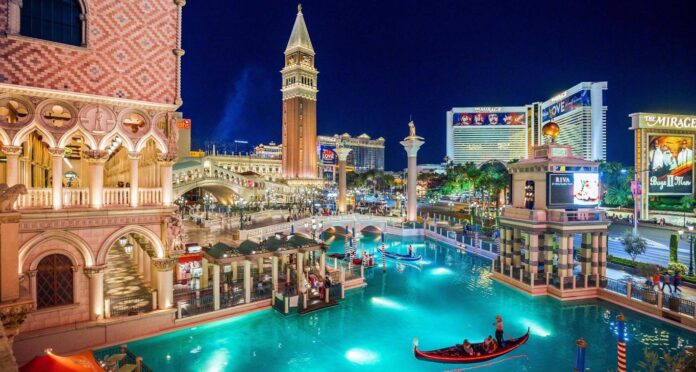
Several casinos around the world are celebrated for their unique and innovative designs. Here are a few notable examples:
- The Venetian, Las Vegas ─ Inspired by the city of Venice, The Venetian features replicas of famous landmarks such as the Rialto Bridge and St. Mark’s Campanile. The casino’s interior is adorned with marble floors, frescoed ceilings, and canals complete with gondolas, offering visitors a taste of Venetian elegance.
- Marina Bay Sands, Singapore ─ Known for its distinctive three-tower structure topped with a sky park, Marina Bay Sands is an architectural marvel. The sky park features an infinity pool with breathtaking views of the Singapore skyline. The casino itself is housed in a strikingly modern building with a futuristic design.
- Casino de Monte-Carlo, Monaco ─ This historic casino, opened in 1863, is a prime example of Belle Époque architecture. With its ornate façade, grand atrium, and opulent gaming rooms, Casino de Monte-Carlo exudes old-world charm and sophistication. Its design reflects the glamour and luxury associated with the French Riviera.
- City of Dreams, Macau ─ Combining contemporary design with artistic elements, City of Dreams is a visually stunning complex. It features striking architecture, including the Morpheus Hotel, designed by the renowned architect Zaha Hadid. The casino and entertainment spaces within are equally impressive, with a focus on modern luxury.
The Psychological Aspect of Casino Design
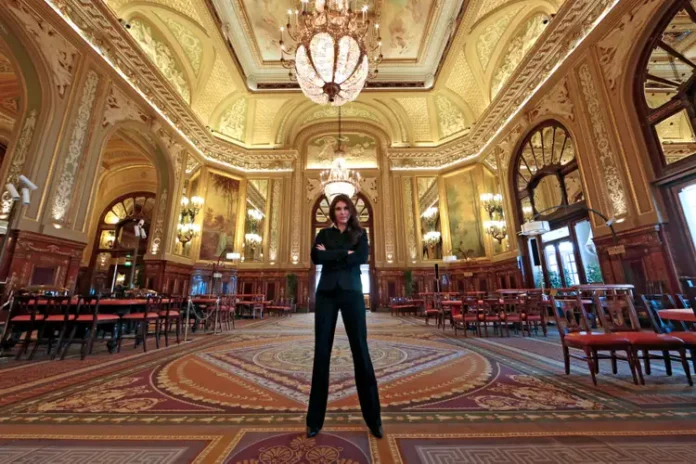
Beyond aesthetics, casino design also incorporates psychological principles to enhance the visitor experience:
- Comfort and luxury ─ The use of high-quality materials and luxurious decor creates a sense of comfort and exclusivity, encouraging visitors to stay longer.
- Navigation and flow ─ Casinos are designed to be slightly maze-like, encouraging exploration and discovery. The strategic placement of gaming areas, bars, and attractions keeps visitors engaged and entertained.
- Subliminal cues ─ Elements such as lighting, color schemes, and music are carefully chosen to create a specific mood. For example, warm colors and soft music can make a space feel more inviting and relaxed.
- Distraction-free environment ─ Casinos are designed to minimize distractions from the outside world. The lack of windows and clocks, along with controlled lighting, helps create a timeless environment where visitors can lose track of time.
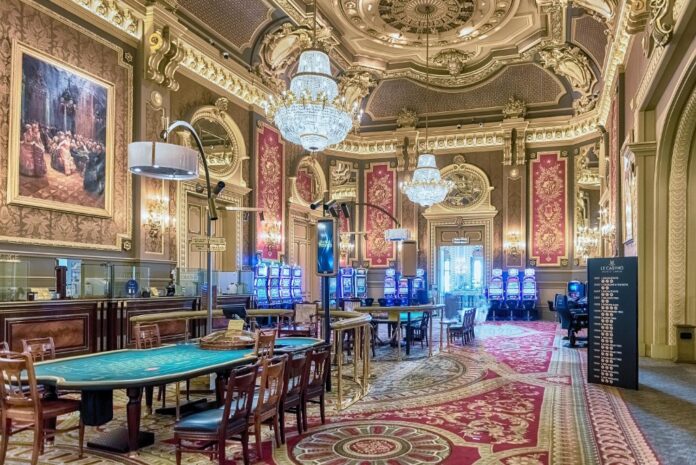
Conclusion
Casinos are more than just gaming venues; they are architectural and design wonders that provide a luxurious and immersive experience.
Through thoughtful theming, opulent interiors, strategic lighting, and psychological principles, casinos create environments that captivate and enchant visitors.
Whether inspired by historical grandeur or futuristic visions, the architectural marvels of casinos continue to impress and attract people from around the world.

